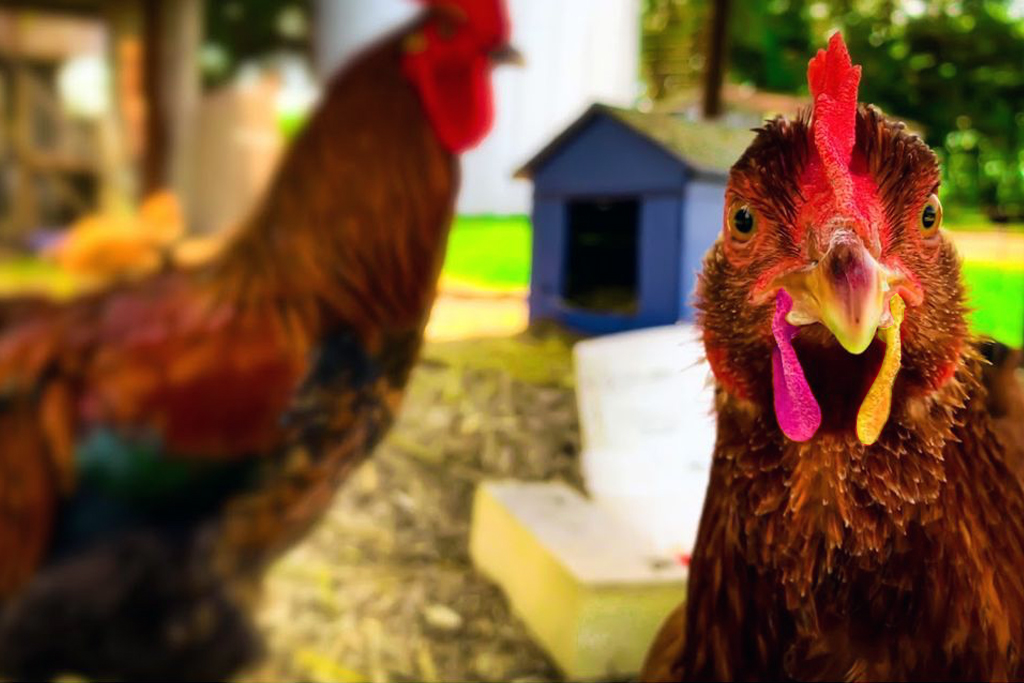Competitiveness is rife in our culture. In our households, our schools, our universities and in our workplaces, we are told to be competitive to get ahead, to make it to the top. We have been conditioned to believe that having a competitive edge will push us up the pecking order at school or work and springboards us to success. But what does it do for the collective good, if we are all competing against one another?
Super chicken business models
William Muir was a Purdue University biologist interested in the study of productivity. He conducted an experiment using chickens whereby he grouped them based upon their egg production. There was a group of average egg laying chickens and another group of prolific egg laying chickens he called “super chickens”. Muir kept these chickens in their groups for two generations and found that the average chickens did very well and consistently produced eggs. On the other hand, of the ‘super chickens’ group, only three survived as the group had pecked each other to death. The individually productive chickens had only achieved their success by suppressing the productivity of the others.
This experiment is the foundation of a recruitment strategy labelled the the Super-chicken model whereby an organisation will actively seek out and bring together highly-driven overachievers with the aim of being the best business, with the greatest talent. As a concept, it’s a compelling strategy that makes total sense. Having the best talent onboard will give your business the competitive edge it needs to survive and thrive. In theory.
Most organisations have been using this model to build success. They hire the smartest most talented men and woman and give them all the resources and power. But not only do they end up ‘pecking one another to death’, it often results in a complete power imbalance whereby the productivity of the others in the organisation is suppressed.
Too many over achievers in a team can create dysfunction amongst the group dynamics. It can be counterproductive because the group dynamic is not one of collaboration and trust but one where the high-achievers step on each other to get to the top and be more successful at the cost of their team. They focus on themselves, not the group. Having too many super chickens can result in aggression and dysfunction and can create a toxic culture.
How to create successful teams
In her TED talk, Forget the pecking order at work Margaret Heffernan pinpoints three characteristics of high-achieving groups, following her own experimentation;
- High levels of social sensitivity and empathy to one another.
Group cultures where empathy is prominent allow people to be seen and heard, to voice their opinions, to feel they are important, and to allow their work to flow and to grow without getting stuck. The culture of helpfulness is core to successful teams and outperforms individual intelligence. Helpfulness can be fostered by leaders who facilitate a culture where people get to know each other better. These efforts to allow people to come together help to build on social capital. Social capital is a measure of shared values or resources that allow individuals to work together to achieve a common purpose. It is the ability to obtain resources, favors, or information from one’s personal connections. Social capital compounds over time. So, teams that work together longer, work better together, because you need time to develop relationships and build bonds with people. It can’t be ignored though that conflict can be rampant in such environments, because friction naturally arises the more humans collaborate and communicate. Conflict is necessary to make important breakthroughs and for true collaboration to thrive. - Equal power balance.
When there is more equality amongst the team, there is no one voice dominating the others and there are, just as importantly, no passengers. Everyone matters in high functioning teams. Leaders do not pit employees against one another, they encourage a culture where individuals motivate one another and everyone can be creative and have big ideas. These teams operate under the mantra “there will be no stars in this team”. Selecting and praising the “supermen” or “superwomen” can create harmful inter-group competition which undermines the collaborative group dynamic. Leaders effectively are facilitative; they seek to liberate the creativity amongst their team and encourage them to express it with the greater good of the business in mind. - More women in the successful groups.
It can be suggested that woman more naturally have the ability to collaborate and be empathetic to others; they are more inclined to build strong relationships and connections. Men, it can be argued, have traditionally had more aggressive and competitive drives in their work. In research, teams with more women tend to be more high achieving overall.
Organisations wanting high functioning teams, should be wary of grouping too many high achievers together.
I can help your leadership team work better together. If your leadership team could do with my help, please get in touch today, I’d love to hear from you.
